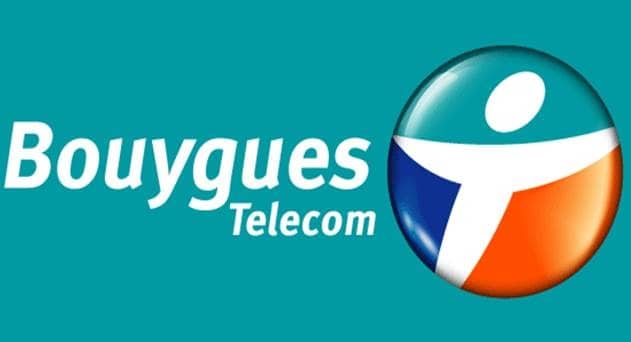Bouygues Telecom has teamed up with Ericsson to showcase over 25 Gbps in a aggregated throughput via 5G antenna system, with a latency in the order of 3 ms at the company’s Technopôle complex in Meudon-la-Forêt, France.
Both teams performed simultaneous data transfers via two devices where two 4K video feeds. It was conducted using two prototype mobile devices, which were simultaneously connected to an Ericsson radio base station equipped with active 5G antennas.
The demonstration showed the benefits of adaptive beamforming technology that combined with massive MIMO at centimetre-wave frequencies.
On a 4G network, all smartphones served by the same antenna must share the available bandwidth within that cell. With 5G, beamforming makes it possible to steer the radio signal in the direction of individual devices. As a result, each user has their own ‘mini-cell’, which moves with them and ensures they enjoy the highest possible bandwidth.
Alongside the demonstration conducted today at its own facilities, Bouygues Telecom is actively preparing its network for the arrival of 5G, planning the prerequisite operations and prototyping a number of preliminary 5G architectures and configurations such as upgrade of links to its radio sites with fibre-optic cable, rollout of the first elements of the Cloud RAN network, virtualisation of its core network and installation of urban micro-cells.
Yves Legrand, CTO, EVP at Bouygues Telecom
Having established its leadership in France 4G technology, Bouygues Telecom intends to maintain its technological lead with the rollout of 5G planned for 2020.
Franck Bouetard, Head of Ericsson France
In evolution of existing 4G networks, 5G will enable us to meet demand for very high-speed mobile broadband capacity, support massive interconnection of IoT devices, and achieve the ultralow latency required for critical connections between machines and with vehicles.


















